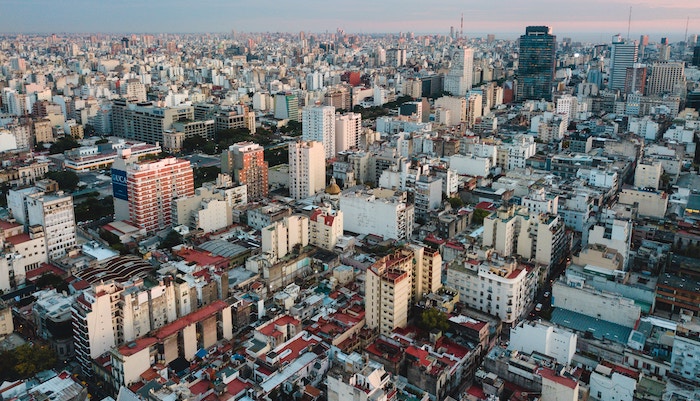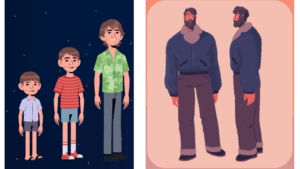Animation has always had the power to connect international audiences. But in recent years animators have joined forces across the globe to tell compelling stories.
At IdeaRocket, we are starting to build our own production capability in Argentina, headed by Carolina Mendez, our new Motion/Art Director, who comes to us with experience creating motion graphics for a number of notable studios, including Disney, Fox, NBC, and Nickelodeon.
“The quality of the talent in Argentina isn’t a secret anymore. What we’re doing that’s different is building our own team here, working for us on an ongoing basis,” IdeaRocket founder and creative director William Gadea said. “We think developing our own production capability in Argentina will be a real differentiator.”
Though mired in economic hardship, Argentine animation remains innovative, paving the way for a number of industry firsts. Advancements in digital connectivity has allowed the Argentine animation scene to thrive beyond borders. Now, anyone can benefit from the country’s rich talent pool.
“Due to an always changing economy, Argentina has never been a target country for animated products. Our market is very small and that’s why we have always tried to target international audiences,” Mendez said. “Thanks to technology, we are not only aware of what’s trending globally, we’re able to work with international colleagues as if we were side by side. We are just one video conference away from each other.”
Animation Finds Its Start In Argentina
The animated film industry has deep roots in Argentina. El Apostol, produced in 1917 by Quirino Cristiani and Federico Valle, became the first full-length animated feature film in history. The film was a satire commenting on political corruption within Buenos Aires. The roughly 70-minute production was said to be comprised of up to 58,000 frames using cutouts designed by Cristiani. The film was “lost,” after a 1926 fire destroyed Valle’s vaults where all copies of the film were kept. Cristiani went on to produce a number of politically charged animated productions throughout his career. Cristiani died in 1984.
The Argentine Animation Scene Today
Growing international demand has fueled Argentina’s contributions to the animation community over the last several decades. In the 50s and 60s, animator Manuel Garcia Ferre helped continue the legacy of animation excellence that Cristiani helped establish. In the late 1960’s, Ferre’s Hijitus became the first animated children’s series to appear on television in Argentina, and received accolades as one of the first successful animated series in Latin America:
According to Mendez, Ferre’s contributions helped Argentina start “producing animated films in a more professional and competitive way.”
Manuelita (1999) was the first Argentine animation to be submitted for Academy Award consideration. Though it did not win, the film set the stage for other regional artists to step into the spotlight (Argentina has won two “Best Foreign Language Film Oscars, but not in the animation category).
“Films such as Manuelita, Petete y Trapito, and Anteojito y Antifaz placed Argentina in the spotlight as the Latin-American animation lead,” Mendez said.
Argentina’s impact on the industry was propelled by new animation tools, like motion graphics and 3D animation. Metegol (Underdogs, 2013) was the first Argentine feature film entirely animated using 3D technology:
“In the last 20 years, thanks to advances in technology, the internet and digital tools, animation, illustration and design industries merged into a massive globalized production machine that makes different media contents for all sorts of platforms and brands,” Mendez said. “This versatility has helped the animation, design and art communities to find a space to learn, grow and share projects and experiences, becoming what we could call a big family.”
The Future Of Argentinean Animation
Argentina is home to elite animation studios, like Le Cube, and showcases like the ANIMA – Córdoba International Animation Festival, one of the biggest celebrations of animated film in the region. International reach helps give Argentine talent a platform beyond the country’s limited demand to tap into the broader market.
“The artists we have available to us in Argentina are amazing and world-class. The fact that they are more affordable than U.S.-based talent raises them even higher. It lets us throw more love and resources into each project,” Gadea said. “We are working in Argentina to raise quality, not cut costs.”
According to Juan Cuellar Rendon, one of the freelancers that IdeaRocket has worked with, the future of animation in an ever-more connected world holds promise for Argentina.
“Thanks to the internet, online classes, tutorials, books, and university programs, new generations have access to more information,” Rendon said. “In this era of knowledge, anyone can achieve success, regardless of the country or language.”




